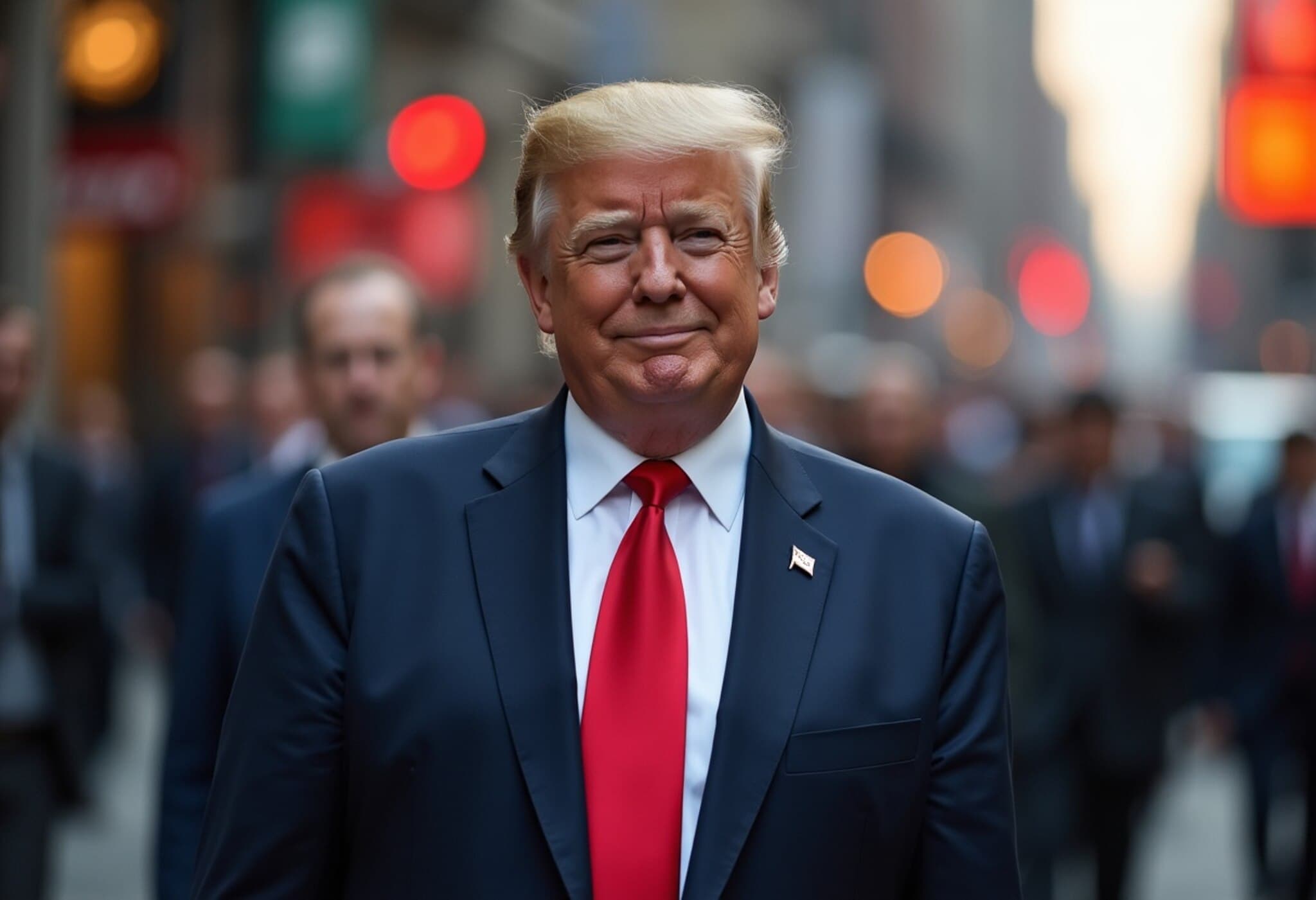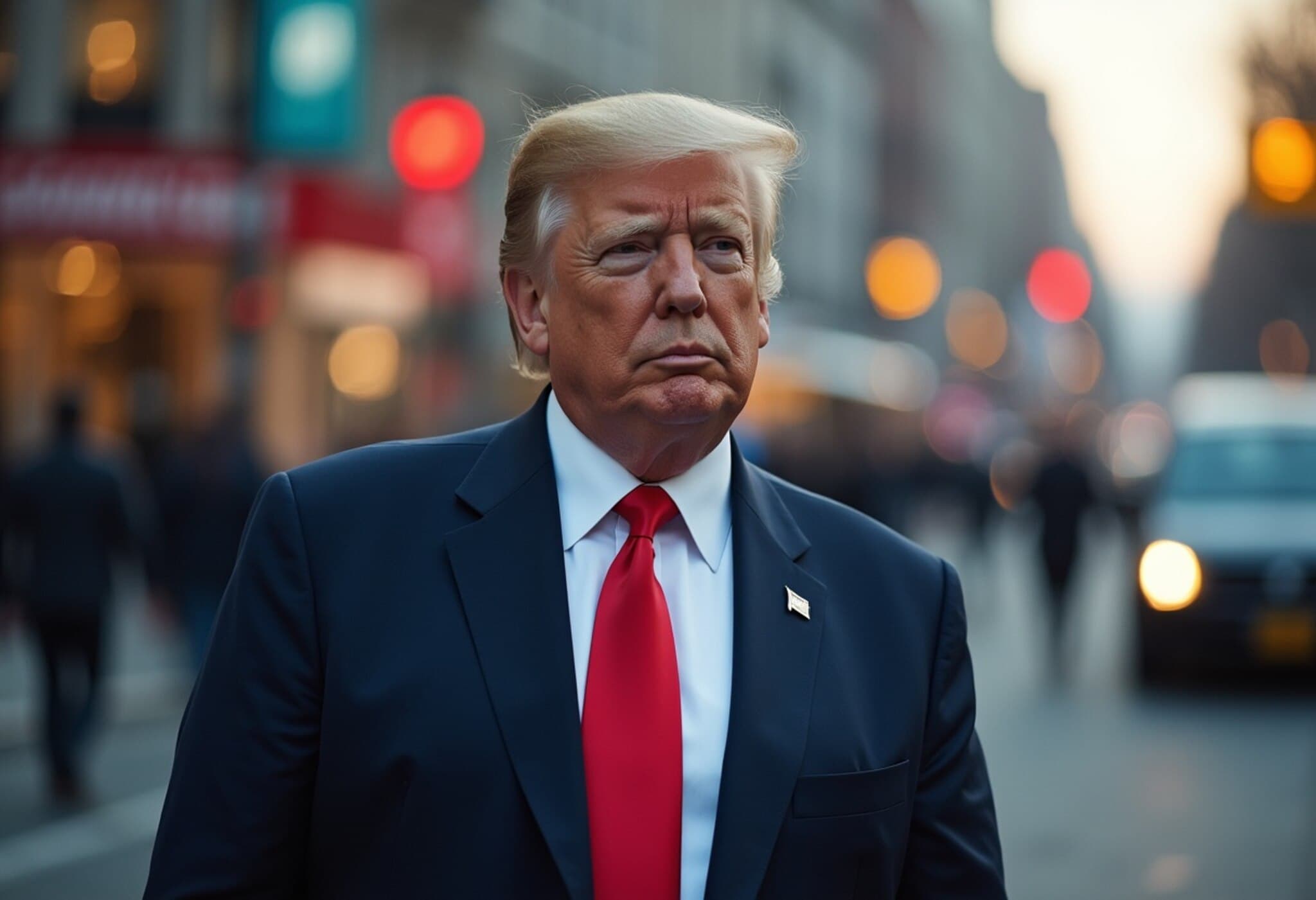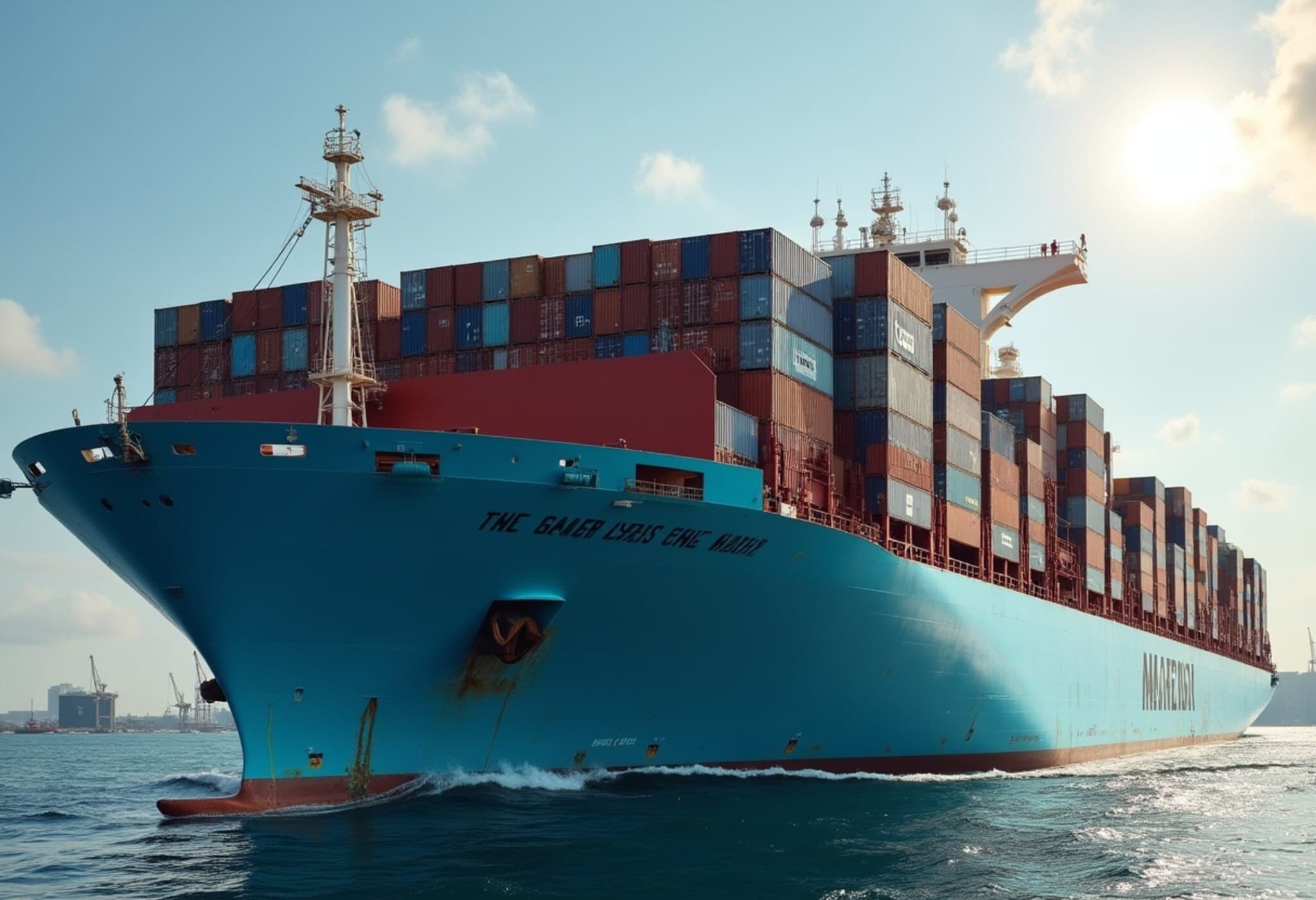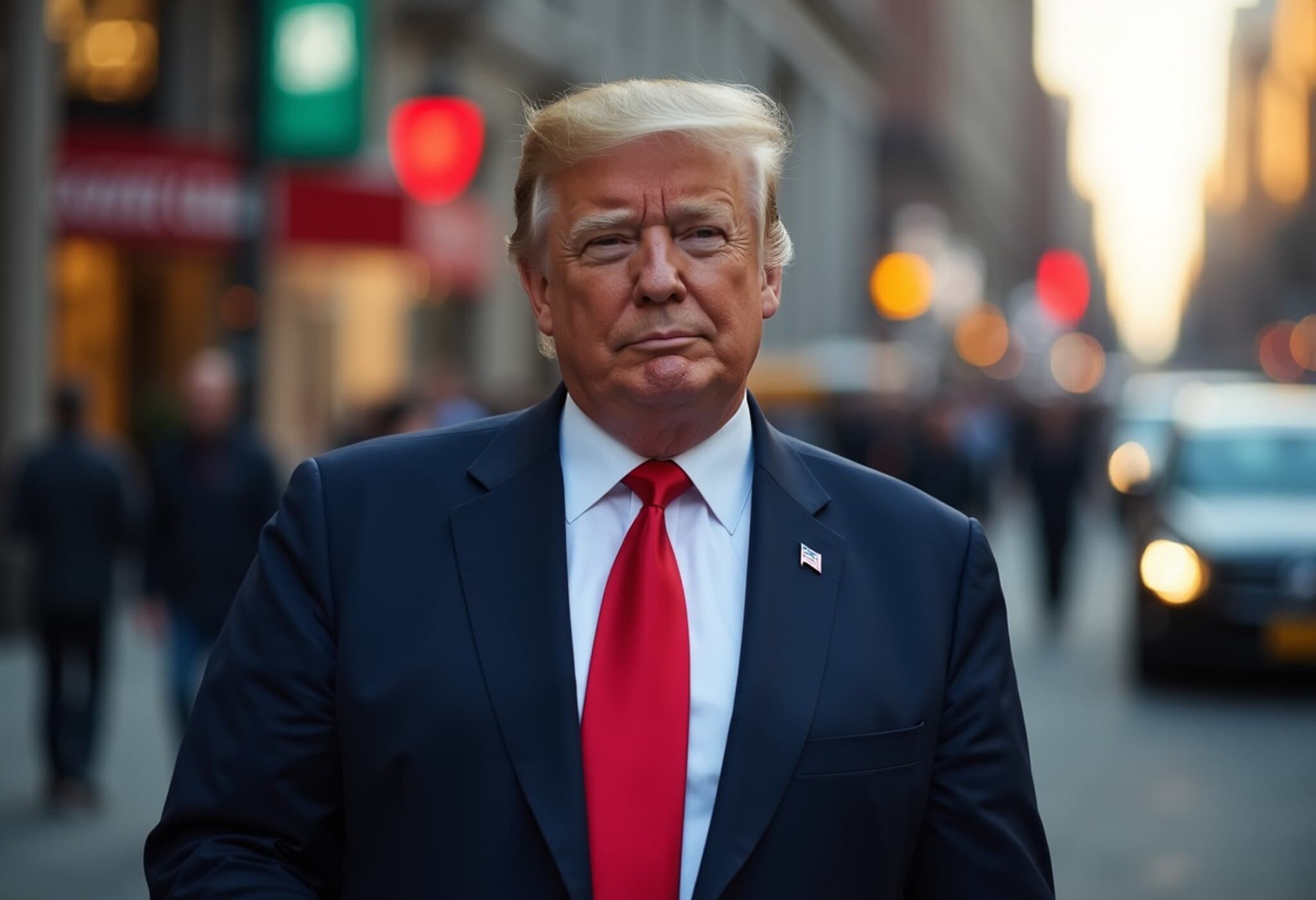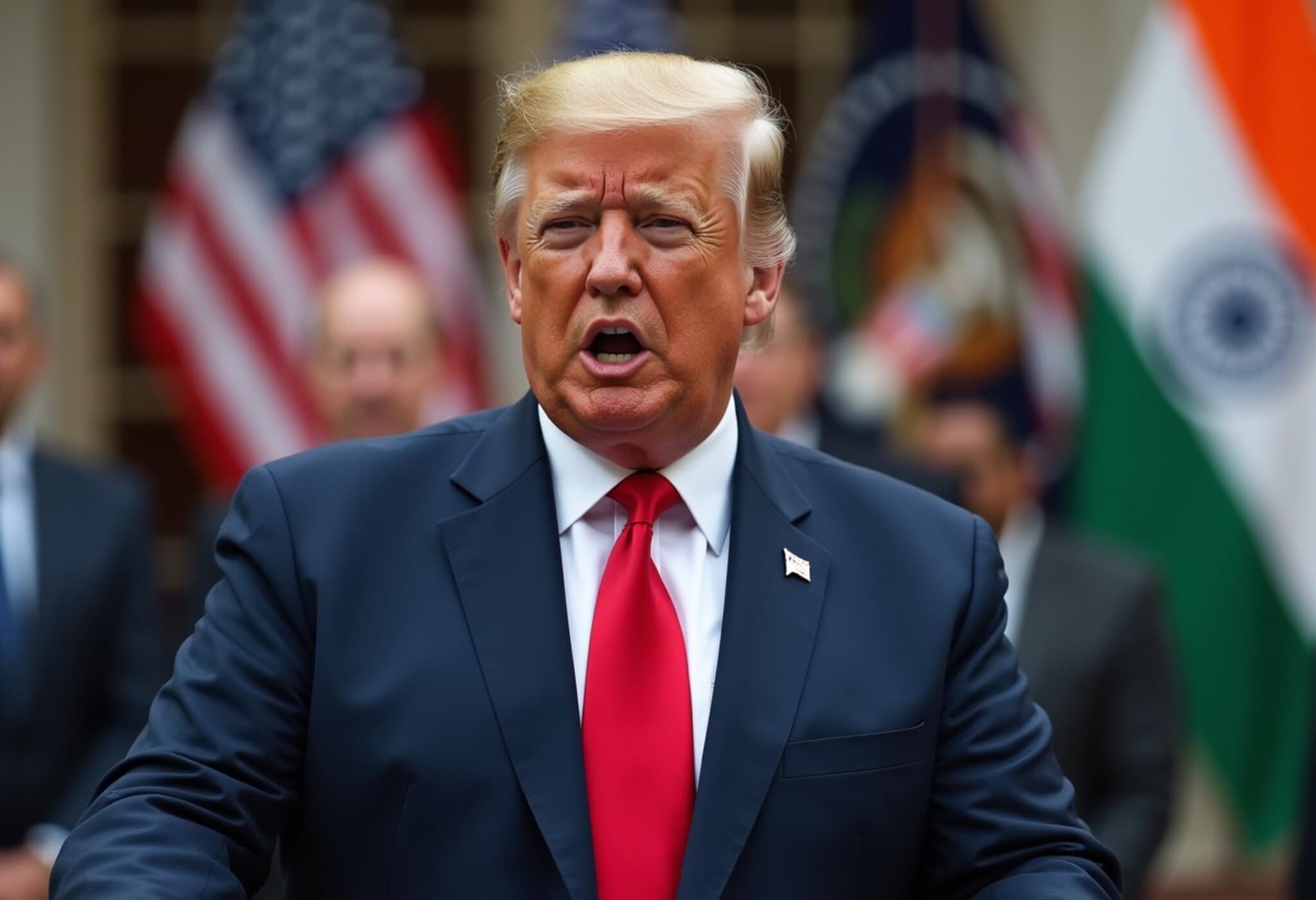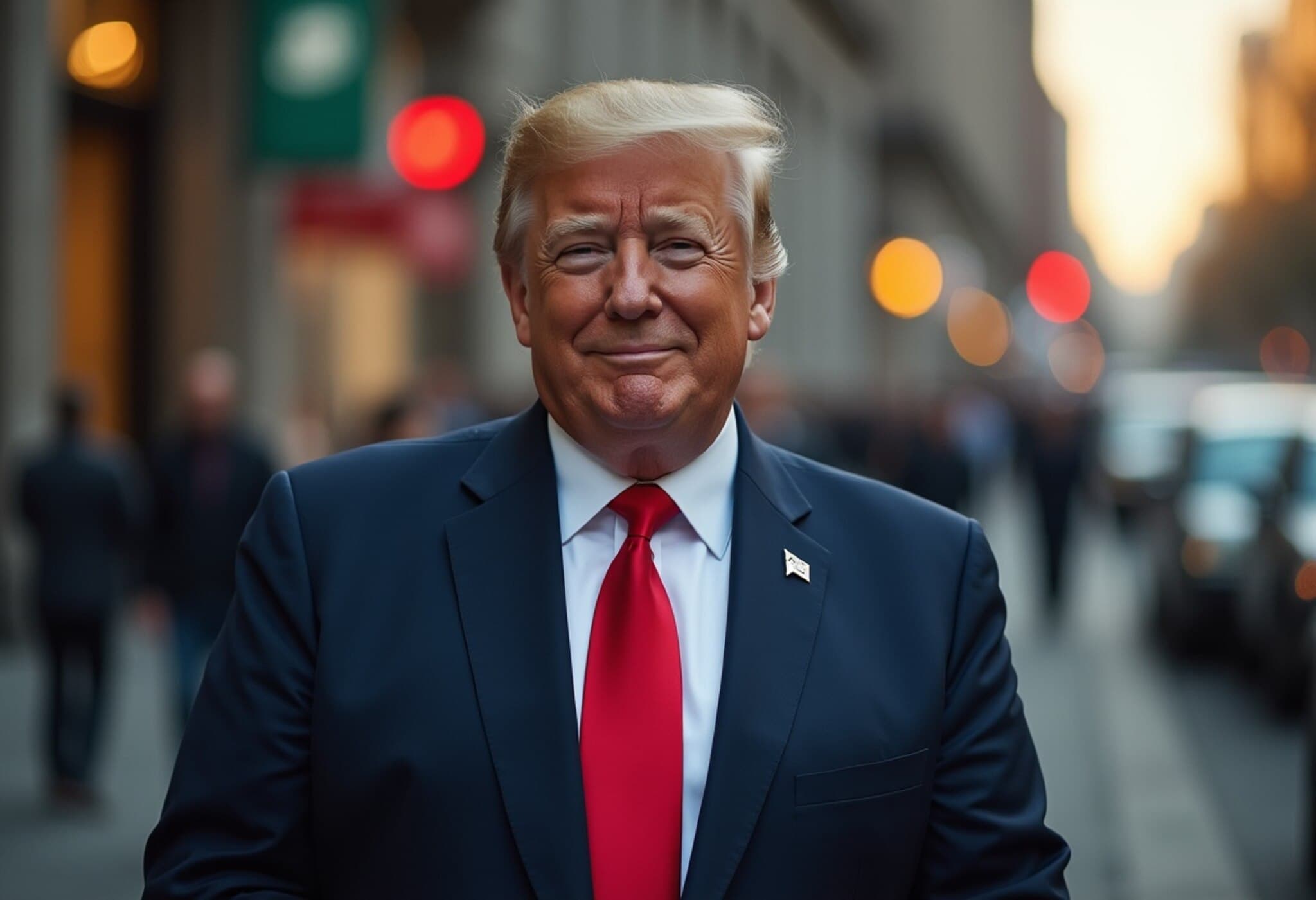US-Japan Trade Deal Ignites Market Optimism
In a significant development shaking up global markets, U.S. President Donald Trump announced a "massive" trade agreement with Japan late Tuesday, marking a new chapter in international commerce. The agreement notably reduces tariffs that had long been barriers, notably setting a 15% tariff rate on Japanese exports to the U.S., including automobiles, which previously faced a harsher 25% tariff.
This move has been met with enthusiasm by investors, as evidenced by a sharp 3.8% surge in the Nikkei 225 index early Wednesday. The market reaction underlines a key psychological effect familiar to behavioral economists: the "anchoring effect." Simply put, what might seem like a moderate tariff is perceived very positively against the backdrop of previously higher, more punitive tariffs.
Brian Jacobsen, Chief Economist at Annex Wealth Management, encapsulated this sentiment: "Markets today breathe a sigh of relief at 15% tariffs — a year ago, such tariffs would have been a shock. This agreement reflects the evolving global trade landscape and a newfound pragmatism among trading partners."
Trade Developments Beyond Japan
U.S. and Indonesia Forge Trade Cooperation
In tandem with the Japan announcement, the U.S. and Indonesia outlined a trade framework aimed at boosting imports from Indonesia, while U.S. exports to the Southeast Asian nation will enjoy tariff-free status. This agreement highlights America’s strategic pivot to Southeast Asia amid shifting global trade alliances.
Tariff Suspension with China Likely to Continue
The 90-day tariff suspension between the U.S. and China, set to expire on August 12, appears set for extension, according to statements from U.S. Treasury Secretary Scott Bessent. This continuation suggests that both economic superpowers are cautiously seeking stability amidst ongoing trade tensions.
Market Implications and Economic Concerns
The trade news has buoyed U.S. markets; the S&P 500 reached a fresh high following the announcements, underscoring investor optimism. However, not all signals are bright. Goldman Sachs has issued cautionary notes about the broader U.S. economy, citing potential headwinds that could temper growth.
The adjustments in tariffs, while welcomed by markets, also raise deeper questions about the long-term trajectory of globalization and protectionism. How will these new trade terms affect supply chains and consumer prices? And can global trade remain resilient amid geopolitical tensions?
China-EU Relations: A Complex Backdrop
Meanwhile, China and the European Union are preparing for a high-level meeting in Beijing to address environmental and economic cooperation. The dynamic between China and the EU is increasingly fraught with disagreements over trade policies, technology transfers, and security concerns — challenges that underscore a fracturing global order.
These multilateral tensions raise pressing questions about the future of international diplomacy and economic integration, especially as the U.S. complicates matters through its own strategic moves.
Looking Ahead: What This Means for Global Trade
This wave of new trade agreements and tariff adjustments signals a pivot towards recalibrated international relationships. For businesses and consumers alike, tariffs determine costs and competitiveness. The recent U.S.-Japan deal, the U.S.-Indonesia framework, and the ongoing tariff dialogue with China will shape supply chains, consumer prices, and global economic growth in the foreseeable future.
Notably, China’s massive hydropower project—the world’s largest dam construction valued at $167 billion—also exemplifies ambitious infrastructure initiatives that could profoundly impact regional economies and energy landscapes.
Key Takeaways:
- 15% tariffs on Japanese exports to the U.S. signal a landmark easing amid previous trade tensions.
- U.S.-Indonesia trade framework reinforces America’s engagement with Southeast Asia.
- Potential extension of tariff suspensions with China suggests cautious diplomacy.
- Markets show optimism but economic caution remains, as highlighted by Goldman Sachs.
- China-EU relations remain complex, affecting broader geopolitical stability.
Editor’s Note
While tariff reductions may spark market enthusiasm, they only scratch the surface of deeper transformations in global trade. The evolving arrangements between the U.S., Japan, Indonesia, and China reflect a period of cautious rebalancing amid geopolitical uncertainties and economic recalibrations. Readers should ask: how will these changes affect everyday consumers, global supply chains, and geopolitical stability? Keeping an eye on these developments is crucial as they unfold into 2025 and beyond.
Understanding these trade shifts is not just about market numbers — it’s about grasping the intricate web of international relationships that shape the products we buy, the jobs people hold, and the broader economic environment impacting millions worldwide.

